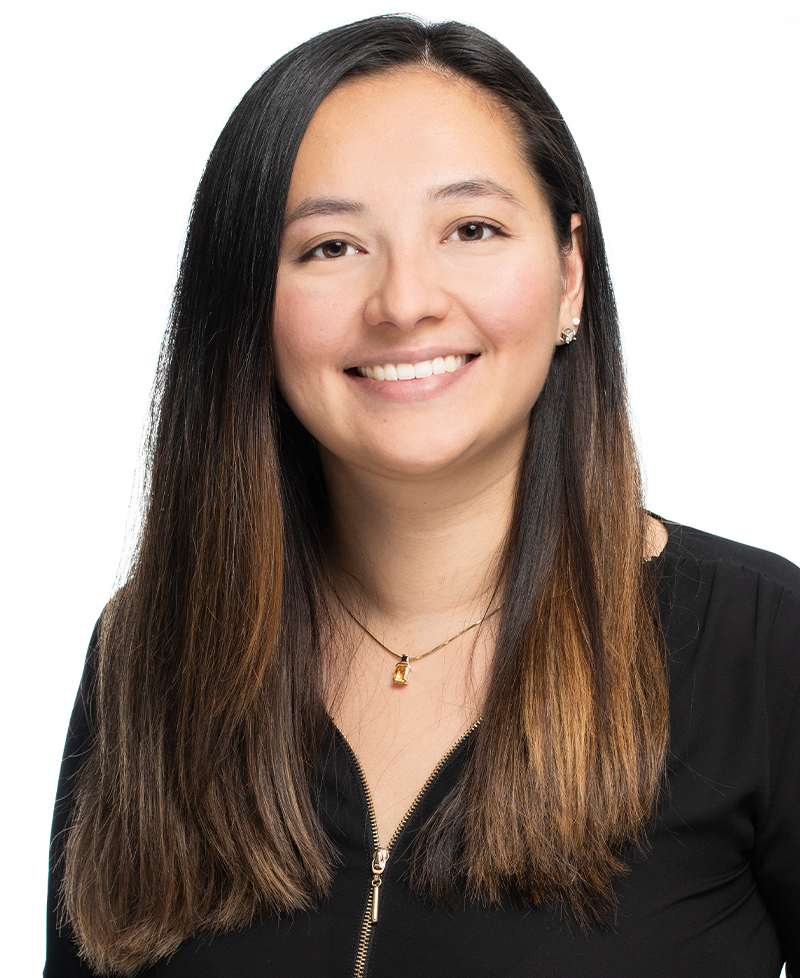Learn about dry needling from Strive Physio Grace.
Medical Acupuncture And Dry Needling Are Used To Decrease Pain, Release Muscle Trigger Points And Promote Healing
What Is Medical Acupuncture?
Acupuncture is a safe and effective way to relieve pain, increase blood flow and promote healing. Acupuncture involves the insertion of thin needles into specific anatomical locations knowns as acupuncture points, to stimulate the release of endorphins. Endorphins are neurohormones that are part of the body’s natural pain-relieving system. Acupuncture is a part of the centuries old medical model called Traditional Chinese Medicine. Medical acupuncture combines the use of classical acupuncture points to complement Physiotherapy interventions to successfully treat a wide range of musculoskeletal conditions such as:
- Osteoarthritis
- Whiplash and neck pain
- Low back pain
- Tendinopathies/tendinitis, including:
- Rotator cuff
- Golfer’s or tennis elbow
- Achilles tendinopathies
- Radiculopathies (nerve pain)
- Fibromyalgia
What Is Dry Needling?
Dry needling also uses acupuncture needles to address pain, release myofascial trigger points and promote healing. Overworked muscles can develop taut, painful bands known as trigger points. These trigger points can be a source of pain and can also refer pain into other areas of the body. Dry needling involves the insertion of acupuncture needles into these trigger points to elicit a twitch response. This twitch response creates a local response as well as a response in the brain that helps to relax the taut band of muscle and relieve pain. Dry needling was developed from medical techniques that involved injecting substances such as lidocaine and Botox into trigger points to relieve pain and decrease muscle tightness. Over time, it was discovered that using acupuncture needles (dry needles) to stimulate a twitch response in these trigger points could also relieve pain and improve muscle tone. It was from this that the practice of dry needling was created.
Current research supports the use of Dry Needling to address muscle pain and myofascial pain syndromes such as:
- Temporomandibular Joint (Jaw) Pain and Dysfunction (TMD)
- Neck Pain
- Headaches
- Shoulder Pain
- Low Back Pain
- Plantar Faciitis and Heel Pain
Clinically, Dry Needling can provide significant improvement for:
- Tendinopathies/tendinitis including:
- Rotator cuff
- Golfers or tennis elbow
- Achilles tendinopathies
- Hip pain and osteoarthritis
- Knee pain and osteoarthritis
- Radiculopathies (nerve pain)
Considering Medical Acupuncture or Dry Needling? Ensure to discuss with your Physiotherapist the following:
- All medical conditions
- All medications you are taking
- Past surgeries including:
- Any pacemakers, implants or joint replacements
- History of bacterial endocarditis (heart infection) or heart valve replacement
- Allergies to surgical steel or skin cleaning chemicals
- If you are pregnant or trying to get pregnant
At Strive, our Physiotherapists have training in Medical Acupuncture and/or Dry Needling. Your Physiotherapist will discuss your treatment options with you and may use one or both techniques to help relieve your symptoms. While we stand by the effectiveness of these techniques, at Strive we believe in providing multi-modal care that includes individualized education, a personal home exercise program and other Physiotherapy techniques, including hands on care, to get you back on track.
How to get ready for an acupuncture or dry needling session.
- Ensure you have had something to eat prior to your treatment
- Be well hydrated
- Avoid having treatment if you are feeling unwell or have a fever
What To Expect Following A Medical Acupuncture Or Dry Needling Session.
Following a session, you may have some post treatment fatigue and/or soreness that can last for 4-8 hours and is most often relieved with gentle range of motion, stretching and/or heat. Bruising can occur, although it is less common. Improvements in pain and movement are often noticed immediately following a session. For individuals with more chronic conditions, it can take 4-6 treatments to start to see sustained improvements. When first receiving Medical Acupuncture and/or Dry Needling, it is recommended to avoid strenuous activity or strength training, until you learn how your body responds. Your Physiotherapist will provide you with specific instructions on what to expect, based on the condition or injury you have.
What To Expect Following A Medical Acupuncture Or Dry Needling Session.
Following a session, you may have some post treatment fatigue and/or soreness that can last for 4-8 hours and is most often relieved with gentle range of motion, stretching and/or heat. Bruising can occur, although it is less common. Improvements in pain and movement are often noticed immediately following a session. For individuals with more chronic conditions, it can take 4-6 treatments to start to see sustained improvements. When first receiving Medical Acupuncture and/or Dry Needling, it is recommended to avoid strenuous activity or strength training, until you learn how your body responds. Your Physiotherapist will provide you with specific instructions on what to expect, based on the condition or injury you have.
Meet the Team

Alex Ruth
Registered Physiotherapist Trained in Dry Needling

Grace Underwood
Registered Physiotherapist Trained in Dry Needling

Melanie MacKinnon
Registered Physiotherapist Trained in Acupuncture & Dry Needling

Nicole Cesca
Registered Physiotherapist Trained in Dry Needling

Patrick Quimio
Registered Physiotherapist Trained in Acupuncture & Dry Needling

Stefanos Goulas
Registered Physiotherapist Trained in Dry Needling

Stephanie Gardonio
Registered Physiotherapist Trained in Acupuncture & Dry Needling
Not sure if Acupuncture or Dry Needling can help you?
You can book a free 10-minute phone consultation with any of Physiotherapists to find out if acupuncture or dry needling would be helpful for you. Please give us a call at 416-486-4776 or book a 10 min Ask a Physio Complementary Q&A appointment online.


